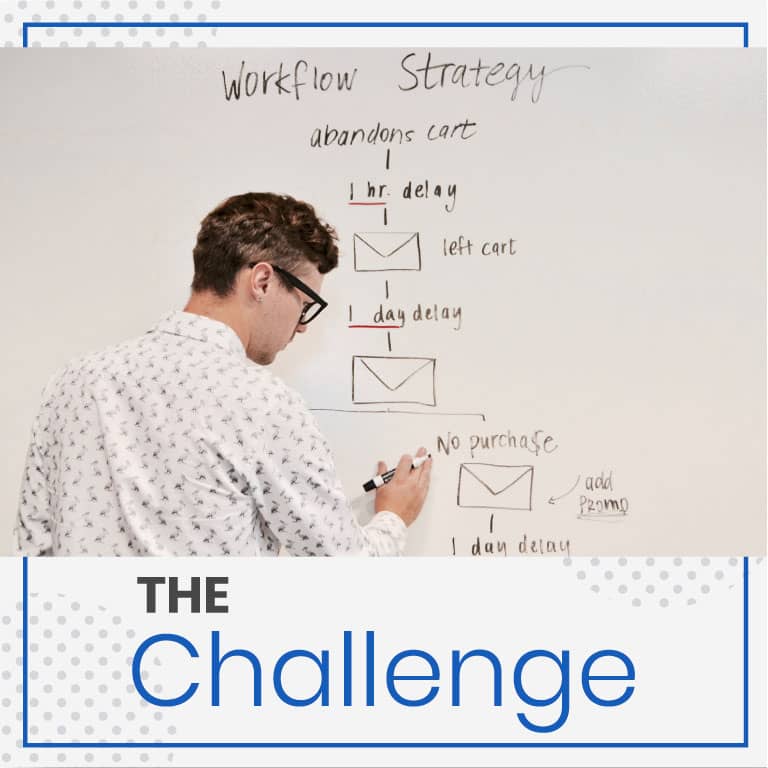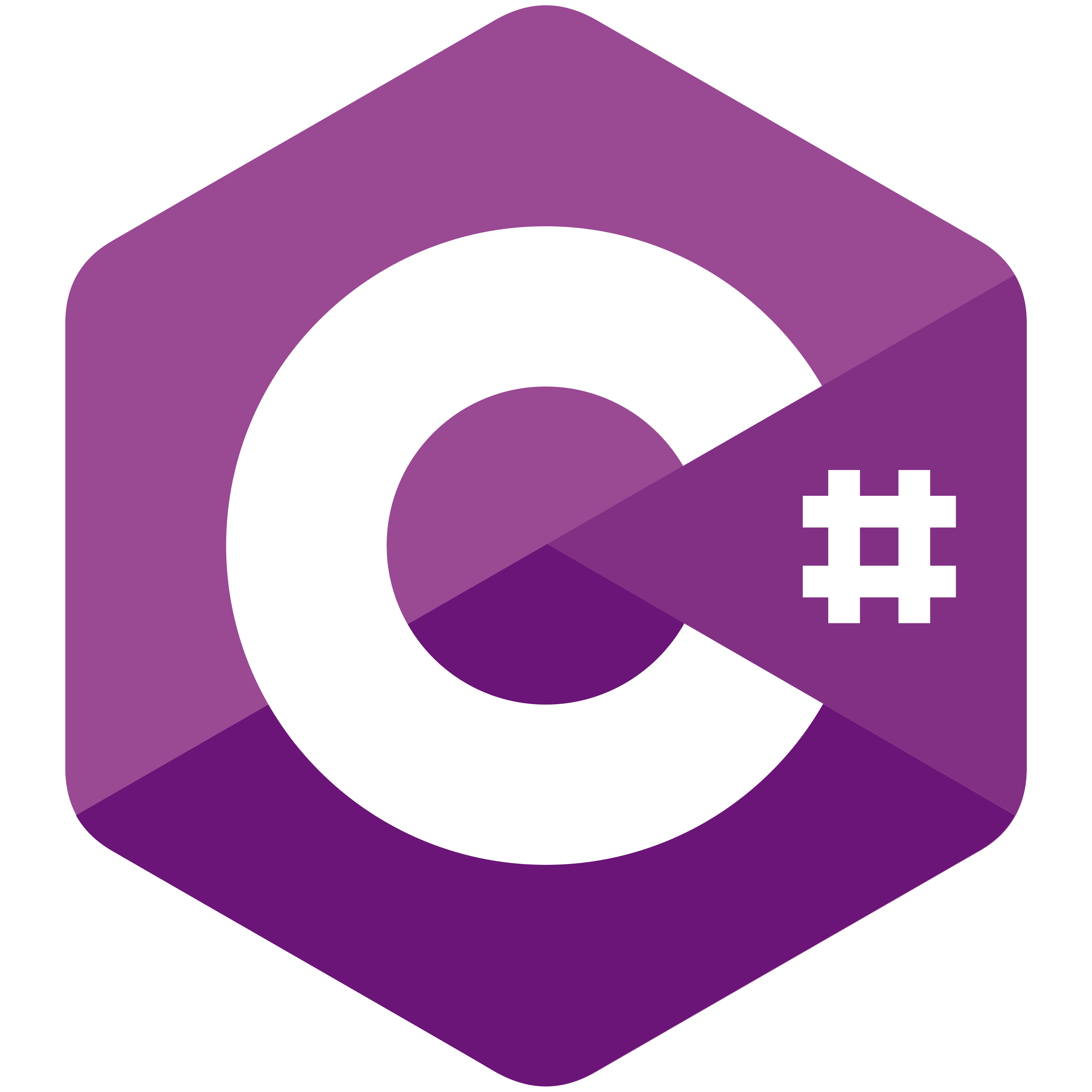
Case Study
Here's the Case-Study of some of our works we'd like you to see...

Online Bookstore Portal
Revamped an online bookstore’s website database and backend to improve search performance, remove errors, and allow for expansion into new countries.
The Challenge
One day, I connected with one Singapore-based client and he was looking for a Full-stack Engineer who can turn his idea into reality. He came up with the idea of making a website for his bookstore. The client was trying to upgrade their system, but lacked a scalable website. They only operated in one country at that time. When they delved into the next market, the way the website was built generated a lot of errors.
The key challenges to address were:
- Search withing 15 million books. and result should be generated very quickly, 2 secs.
- Search should support alternative words. e.g. Harry potter should be part of search: Potter Harry.
- Multi-tenant DB. Single MS SQL Database supports three countries, Singapore, Indonesia, Malasiya.
- Daily price calculations, as per latest USD rate.


The Solution
We revamped their database and back-end to eliminate the recurring errors. Using .NET Core Razor Pages and SQL Server, we integrated the client-provided frontend HTML code with the .NET Core + Repository Pattern backend. The design was seamlessly merged with the back-end system. Additionally, we managed the integration of multiple payment gateways across different countries, ensuring smooth transactions for the client.
Features:
- Quickly find any book using full-text search feature. (SQL SERVER).
- Integrated Payment Gateways (Opn Payments (Omise), Midtrans, Razer, PayPal).
- Daily price updates with zero downtime. (SSIS and Multi-tenant Database).
- Efficient Content Management
- Seamless Order & Delivery Management.

Their main metric was search engine performance. They had about 20 million books, depending on how different vendors list them.
MagnusMinds Team was victorious in achieving the best performance in terms of speed: on average, a search is about 1.5 seconds, whereas it used to be 3–4 seconds.


